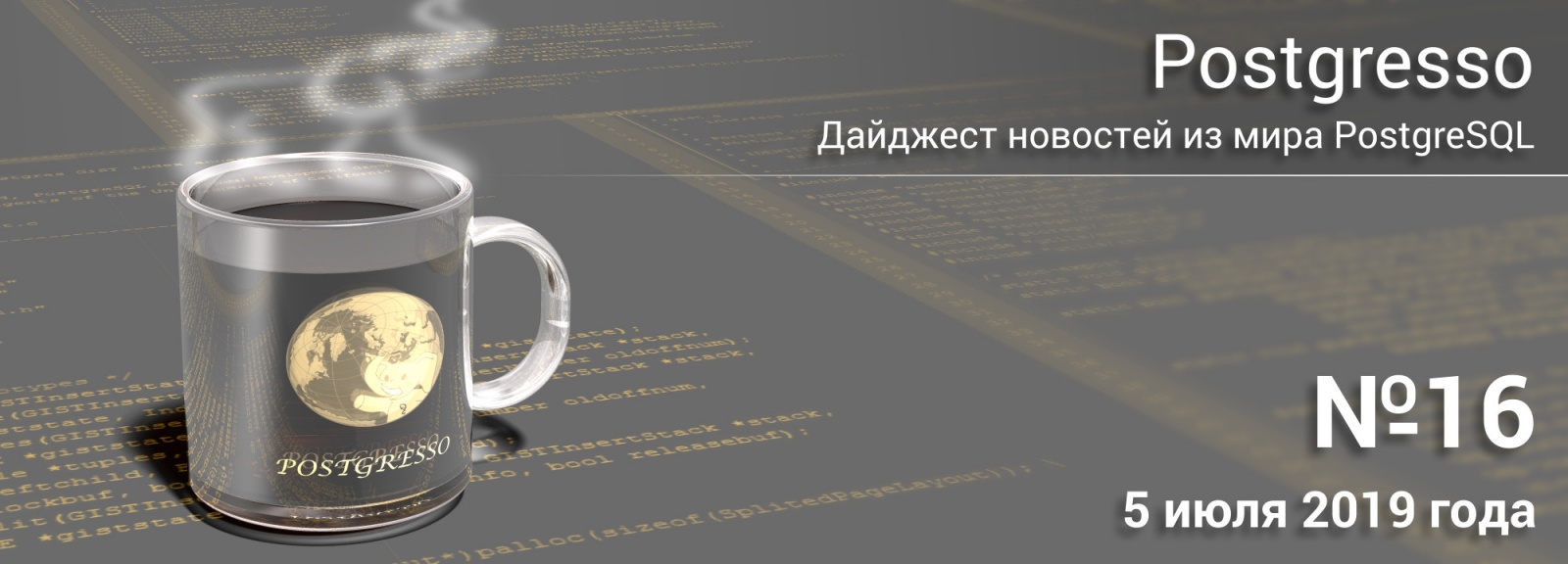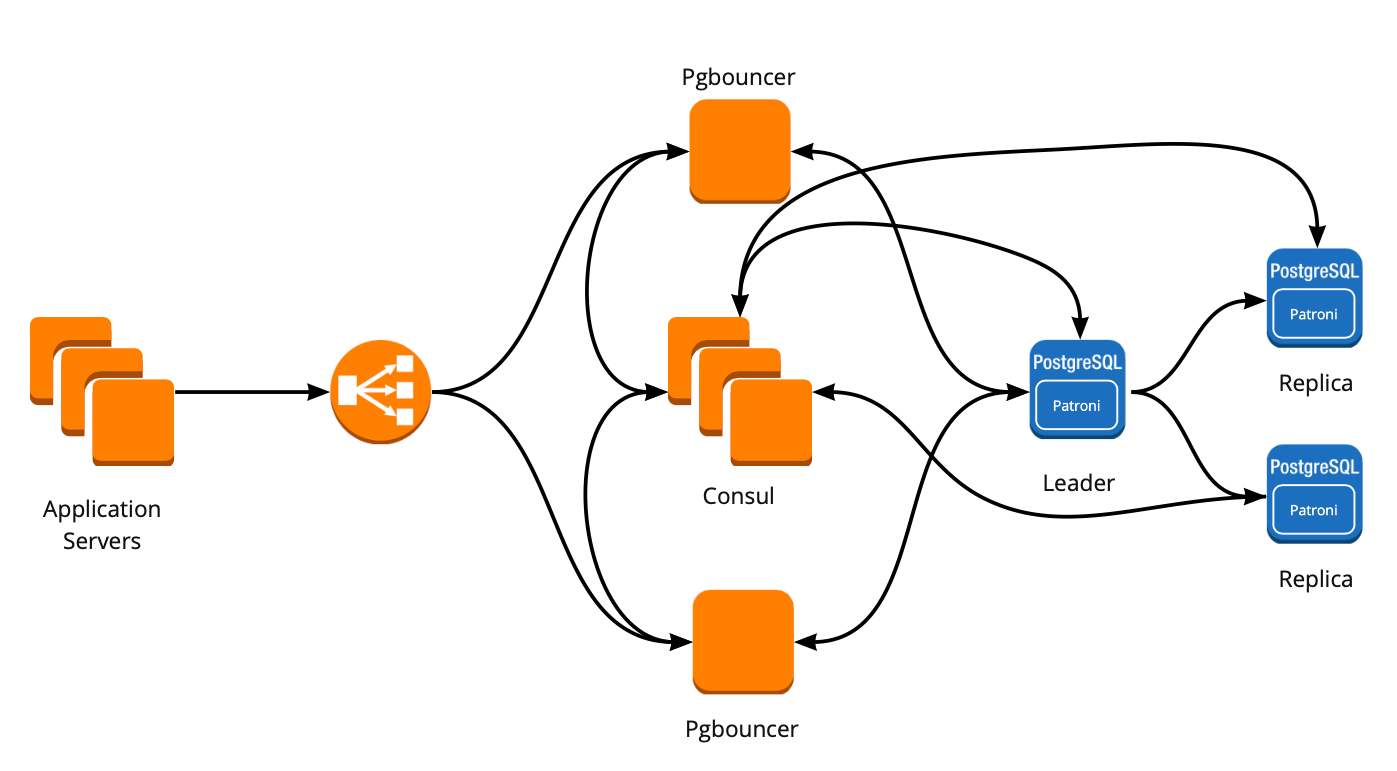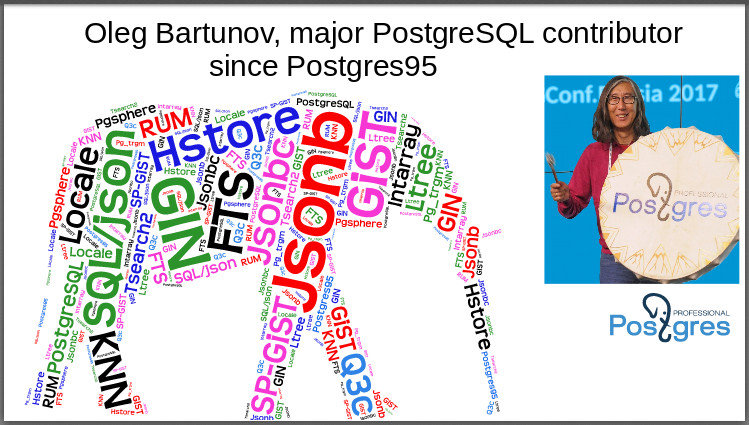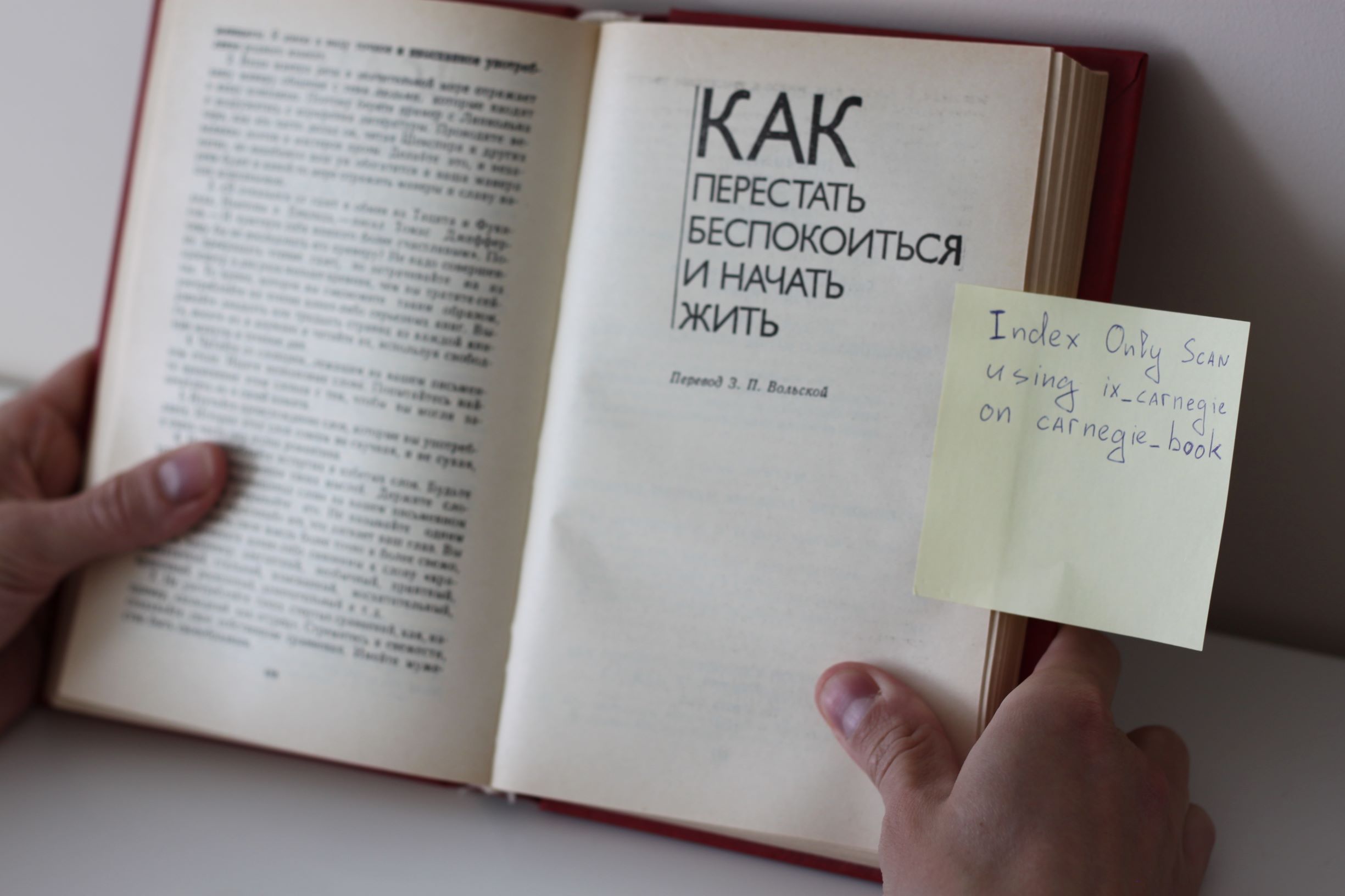Главные вопросы работы с базой данных связаны с особенностями устройства операционной системы, на которой работает база. Сейчас Linux — основная операционная система для баз данных. Solaris, Microsoft и даже HPUX все еще применяются в энтерпрайзе, но первое место им больше никогда не занять, даже вместе взятым. Linux уверенно завоевывает позиции, потому что open source баз данных все больше. Поэтому вопрос взаимодействия БД с ОС, очевидно, о базах данных в Linux. На это накладывается вечная проблема БД — производительность IO. Хорошо, что в Linux последние годы идет капитальный ремонт IO-стека и есть надежда на просветление.
Илья Космодемьянский (hydrobiont) работает в компании Data Egret, которая занимается консалтингом и поддержкой PostgreSQL, и про взаимодействие ОС и баз данных знает многое. В докладе на HighLoad++ Илья рассказал о взаимодействии IO и БД на примере PostgreSQL, но и показал, как с IO работают другие БД. Рассмотрел стек Linux IO, что нового и хорошего в нем появилось и почему все не так, как было пару лет назад. В качестве полезной памятки — контрольный список настроек PostgreSQL и Linux для максимальной производительности подсистемы IO в новых ядрах.
Читать полностью »









